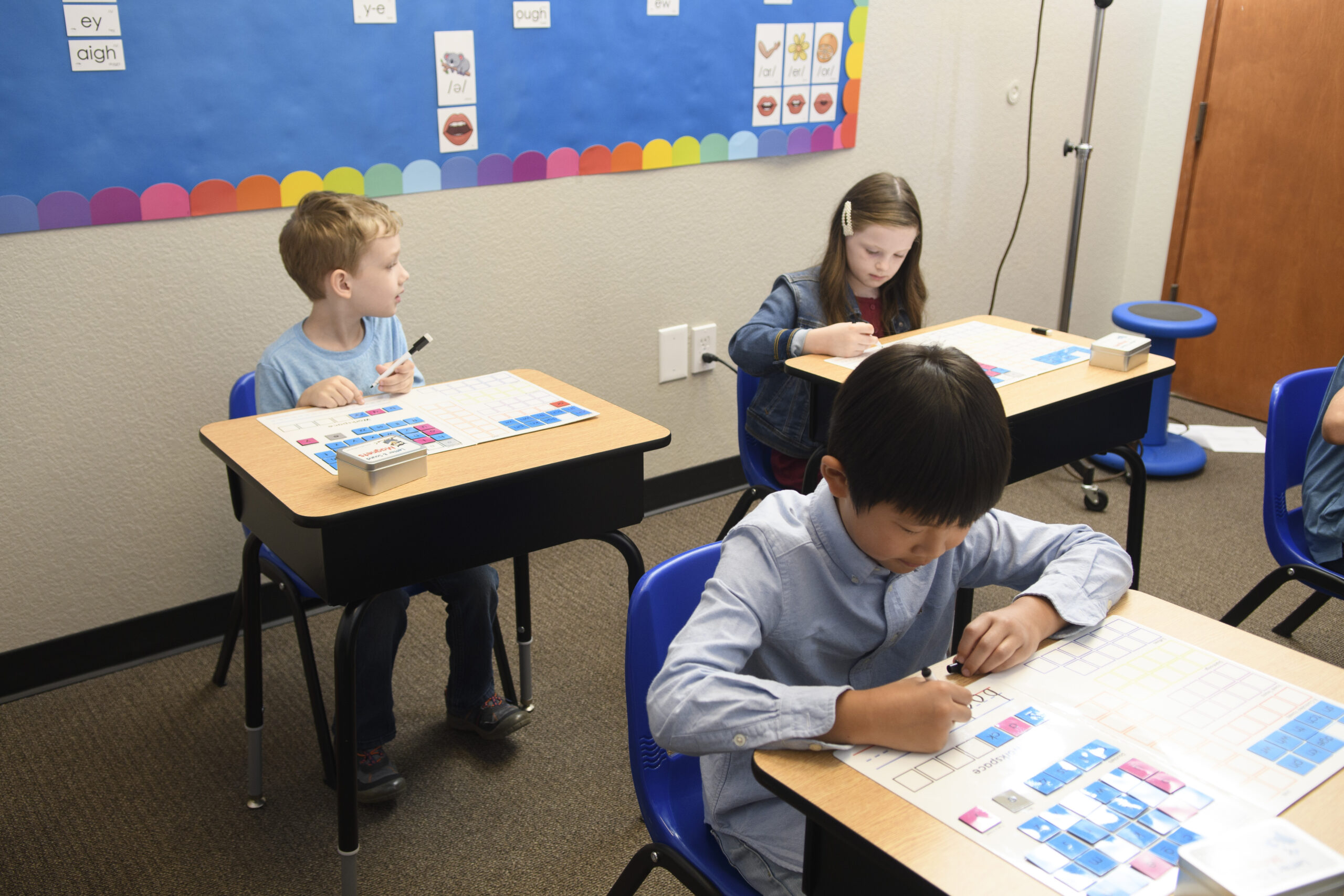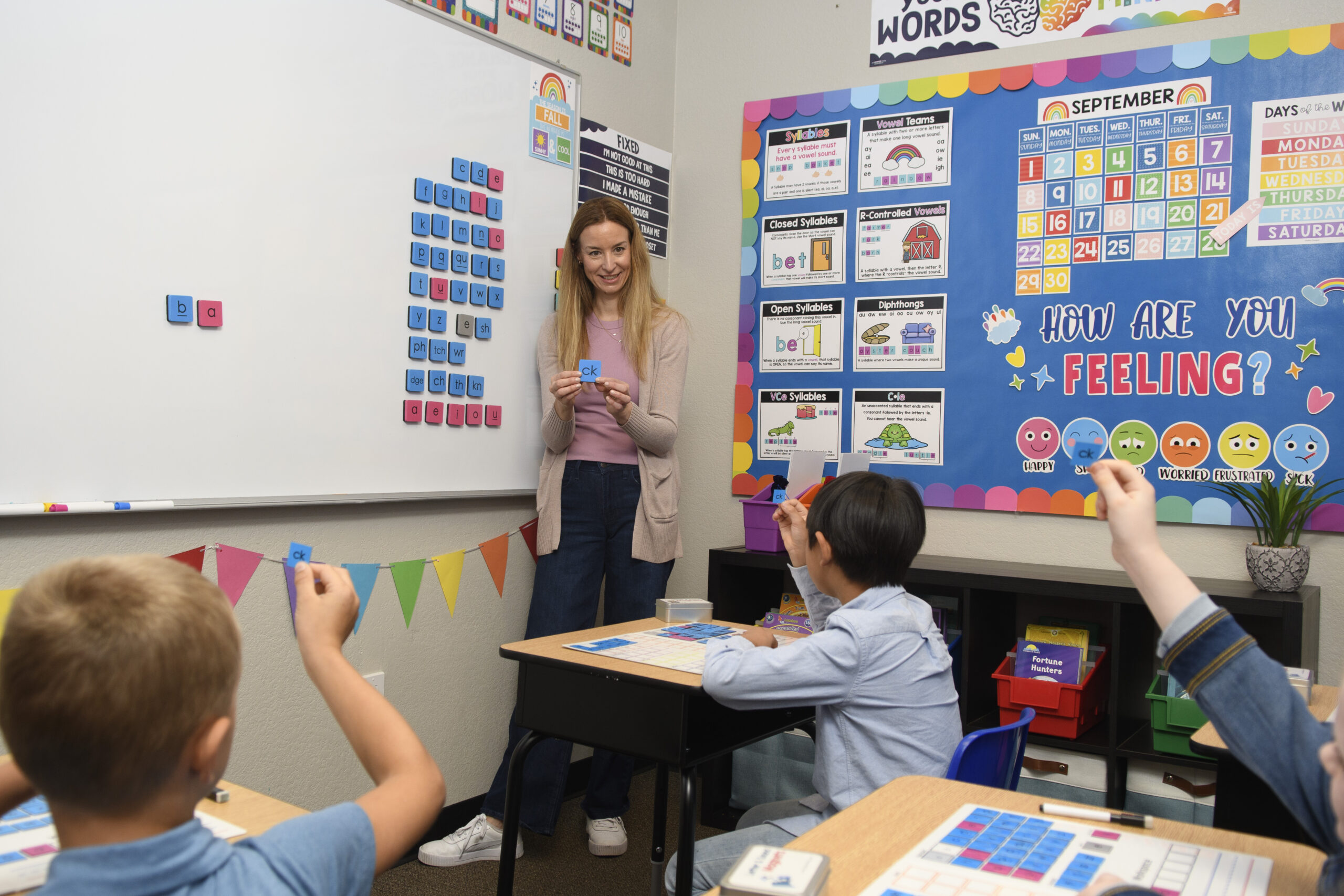Reading is not a natural skill, it’s a complex neurological process that must be taught. For decades, educators and researchers alike have sought to crack the code behind how children learn to read. Enter the Science of Reading, a vast, evidence-based body of research that combines cognitive psychology, neuroscience, linguistics, and education to uncover how we best learn to read.
But understanding this science is only the first step. The real challenge lies in translating it into practical, classroom-ready strategies that make a difference for all students. This blog dives into what the Science of Reading is, why it matters, and how teachers can harness it effectively. We’ll also show you how PDX Reading Specialist is helping schools bridge the gap between theory and classroom success.
What Is the Science of Reading?
The Science of Reading isn’t a program or a trend, it’s a synthesis of thousands of studies that reveal how our brains process written language. It challenges longstanding myths and ineffective practices, instead offering a clear framework for what actually works.
The consensus among researchers is that effective reading instruction must be:
- Explicit – Teaching concepts directly, not leaving students to infer meaning on their own.
- Systematic – Following a logical progression, building from simple to complex.
- Cumulative – Skills are reviewed and reinforced regularly.
- Diagnostic – Ongoing assessments guide instruction.
- Multisensory – Engaging visual, auditory, and kinesthetic pathways.
These principles are best embodied in what’s called Structured Literacy, a term often used interchangeably with the Science of Reading in educational contexts.

The Five Pillars of Literacy Instruction
According to the National Reading Panel and decades of research, effective reading instruction rests on five essential components:
1. Phonemic Awareness
Before students can read, they need to understand that words are made of individual sounds. Phonemic awareness activities, like blending and segmenting, build a strong foundation.
2. Phonics
Once students grasp sounds, they must learn how those sounds connect to letters and letter combinations. This decoding process is crucial and must be taught explicitly and sequentially.
3. Fluency
Fluency bridges the gap between decoding and comprehension. Fluent readers read smoothly and with expression, which frees up cognitive resources to understand text.
4. Vocabulary
Students can’t understand what they read if they don’t know the words. Vocabulary instruction, both direct and indirect, is a must.
5. Comprehension
Ultimately, reading is about making meaning. Comprehension strategies help students analyze, infer, summarize, and retain what they read.
Why Traditional Approaches Fall Short
Balanced literacy and whole language approaches, once popular, often rely heavily on context clues, memorization, and leveled readers. These methods might work for some students but leave many, especially those with dyslexia or other learning differences, struggling.
The Science of Reading debunks these older models by showing that explicit, phonics-based instruction is more effective, especially in the early grades.
Classroom Applications: Making the Science Work for Students
Theory is powerful, but it’s what happens in the classroom that counts. Here’s how teachers can apply the Science of Reading to daily instruction:
1. Scope and Sequence Matters
A well-designed phonics program with a clear scope and sequence ensures that no essential skills are skipped. Concepts should be introduced logically, with ample practice and review.
2. Diagnostic Assessments Guide Instruction
Tools like phonics screeners and fluency trackers help identify gaps in knowledge, allowing for targeted intervention.
3. Tiered Instruction and Intervention
Using a Multi-Tiered System of Support (MTSS), teachers can deliver core instruction (Tier 1) and provide additional help through small-group interventions (Tiers 2 and 3).
4. Daily Structured Literacy Routines
These routines often include:
- Phonemic awareness drills
- Decodable text reading
- Dictation for spelling and writing
- Morphology lessons (prefixes, roots, suffixes)
5. Multisensory Learning
Incorporating movement, visual cues, and tactile experiences reinforces learning and aids retention, especially for students with learning differences.

How PDX Reading Specialist Supports Science of Reading Instruction
At PDX Reading Specialist, we know that implementing the Science of Reading isn’t about a one-size-fits-all solution. Teachers need quality resources, aligned curriculum, and flexible tools to bring this science to life.
Here’s how we support schools and educators:
✓ Aligned Curriculum Materials
Our literacy programs follow a clear, structured progression grounded in the five pillars of reading instruction. Every resource is vetted for alignment with the latest research.
✓ Tools for Assessment and Intervention
From phonics screeners to comprehension checklists, our tools help educators identify student needs and track growth effectively.
✓ Resources for Diverse Learners
We offer interventions tailored to struggling readers, English learners, and students with dyslexia, ensuring equity in literacy instruction.
✓ Professional Development
We also provide PD for educators looking to deepen their understanding and refine their instructional practices.
Bridging Research and Reality: Success Stories
Educators across the country are seeing tangible results with Science of Reading-aligned practices. Students once considered “below grade level” are catching up, and often surpassing, benchmarks thanks to evidence-based instruction.
And it’s not just academic outcomes. Teachers report feeling more empowered and confident in their instruction when they have a solid understanding of how reading works.
Conclusion: Turning Science into Success
Understanding the Science of Reading is a game-changer, but only if we act on it. It’s time to move beyond outdated methods and embrace what decades of research have shown to be effective.
At PDX Reading Specialist, we’re committed to helping educators turn knowledge into action. Whether you’re revamping your reading block, building an intervention plan, or seeking the right tools for assessment, we’re here to help.
Empower your classroom with tools that work.
Shop PDX Reading Specialist today for resources that are fully aligned with the Science of Reading, and start making a difference for every reader.


